A look at the eternal struggle of pilot vs mechanic.
Logbook Entry
Pilot: Evidence of leak on right main gear
Mechanic: Evidence removed
Sparring with mechanics is part of the fun. With line item detail, I’d write up the avionic component in the logbook, and then my favorite mechanic would roll his eyes, put on a mischievous grin and reply, “Okay, I’ll go down into the E&E compartment and use all my maintenance skills to re-rack it.” Basically, this just meant he’d unplug the offending electronic device and plug it back in again. The frustrating part is that is usually worked. The way pilots and mechanics see the aircraft are separate yet equal approaches to what methods keep an airplane happy and healthy. Learning to understand and respect both sides of the logbook keeps airplanes in the air and everyone safe.
There are a few pilots who are also mechanics, and a few mechanics who are also pilots, but the majority of people in the aviation field focus on their area of specialty and leave the infinite details to the other side. It’s a love/hate relationship, yet both people realize they need each other. This need doesn’t necessarily prevent them from questioning each other’s intelligence, and battling wits is all in good fun, but ultimately pilots have to trust mechanics with their lives. There are entire systems, bolts and mounts that just can’t be seen by a pilot on a walk-around inspection. Pilots have to “see” it through annunciator lights and cockpit indications. Pilots trust but verify what they can, but the rest is left to the professionalism of the mechanics behind the scenes.
Pilots and line mechanics interact daily. The majority of line mechanics’ time is spent like an EMT in an ambulance – quickly evaluate, administer care, keep it safe and alive, but let someone else fix the major damage. Getting airplanes out on time is a constant give and take of information for routine maintenance issues, but there is an entire set of mechanics that your life depends on, and very rarely do you airline pilots get to meet them. If you do get to meet them, it usually starts with the dreaded phone call that comes after you’ve already flown three legs, but you still have a little duty time left in the bank: “Hello, this is crew scheduling. You have six hours left of your duty day, so we are flying you to Dallas to pick up an aircraft out of a “C” maintenance check. It needs a test flight and then if all goes well, you’ll fly it back to your home base.” Trust me, you never get home on time. Always have your overnight bag packed for these assignments. It’s during these heavier maintenance checks where mechanics and pilots have to trust, but verify, that everything was put back together as well, if not better, than it was before.
Taking an aircraft out of maintenance can be the most demanding of any pilot’s skillset, but crew scheduling doesn’t care how much experience a line pilot has. If a pilot is on the roster, they can fly an airplane out of maintenance (at most airlines). I accidentally learned so much during these flights that I actually asked if I could request these flights. They don’t happen very often, but every time I picked up an airplane out of heavy maintenance, there was something wrong with it. And, it was something that wasn’t wrong with it before it came into the shop. There are hundreds of miles of wiring, complicated hydraulics, powerplant and flight control systems, so it is inevitable that something wasn’t put back exactly right. It was during the ensuing disassembly of the system in question that I got to see these aircraft through the eyes of a mechanic. They let me watch as they troubleshot the problem and I now bow down to the intelligence and thought process of mechanics. To see the internal workings of the giant beasts we guide through the air will give you added respect to the intelligence and creativity of the engineers, and the mechanics who work on them.
Since pilots don’t have a cherry picker to get up above to check bolts, engine mounts and anything behind the first fan, there is an intrinsic trust that the major structures of the aircraft are checked and maintained, especially during heavy checks. The most iconic failure of maintenance was the American Airlines DC-10 out of O’Hare when the #1 engine pylon separated from the wing during rotation. It was determined that the new time saving procedure of removing the engine and pylon as one unit during an engine change caused cracks in the pylon bulkheads. American had modified the procedure without permission from the manufacturer.1 It was a hard lesson to learn, but maintenance failures like this are rare.
Mechanics’ main gripe for pilots is not enough situational detail when writing up a squawk. They want pilots to give them an entire picture rather than a cropped piece of it. Did the error affect another component function? What other factors would have affected the component – altitude, temperature, flight condition, etc. Mechanics don’t get to see what errors look like in flight, so it’s up to the pilot to be a good storyteller and set the scene. Brakes not working properly = while landing on 12R at DEN, after applying brake pressure and at around 100 kts IAS, a vibration was felt in left brake pedal. Vibration stopped at 60 kts. Outside air temperature was 20 degrees C. This did not occur during previous landing at LAS with 124,000 lbs. at 26 degrees C. Landing weight on that leg was 122,000 lbs. Since fixing a maintenance issue is a process of elimination, any information a pilot can provide helps the process along.
Pilots’ main gripe for mechanics is that they “Band-Aid” the situation and don’t fix what’s actually broken. When you have 200 passengers onboard and a crew watching your every move, mechanics feel the weight of their responsibility. They have to balance what is safe with what it takes to get the airplane into the air safely. An inoperative autopilot might not seem like a big deal to a mechanic, but for a pilot crew that is looking at a day with eight flight hours in bad weather, at night, with five trip legs, on top of four back-to-back duty days, the situation is interpreted completely different. Autopilot becomes a safety issue, but not to a mechanic. It’s a matter of perspective, so sometimes mechanics need to try and see it through the eyes of a pilot.
Like any dysfunctional, codependent relationship that causes you grief, you just can’t leave or ignore it. Pilots and mechanics have to work together, so both professions might as well make it easier to get the job done. A little respect coming from both sides of the logbook makes for a happy, safe and on time flight.
———————-
1 2012. Human Factors in Aircraft Maintenance – Aviation Knowledge. //aviationknowledge.wikidot.com/aviation:test-1 Accessed March 17, 2015.






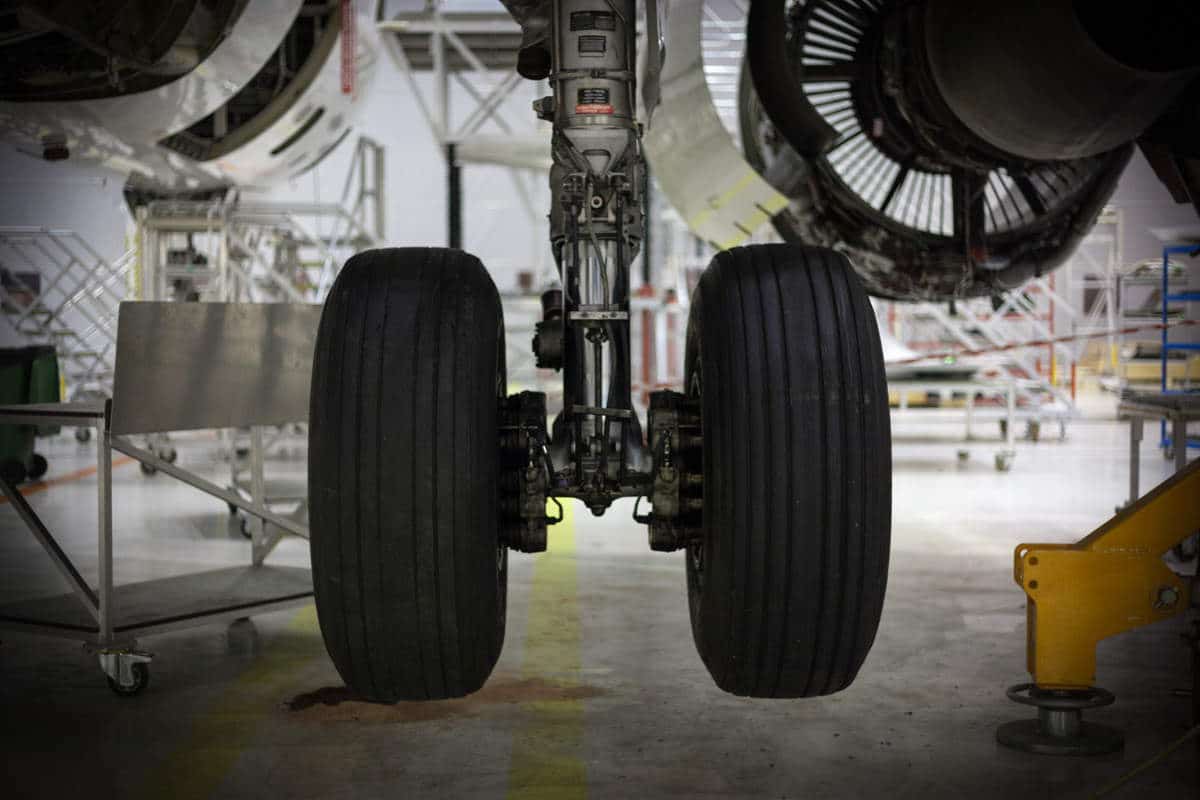




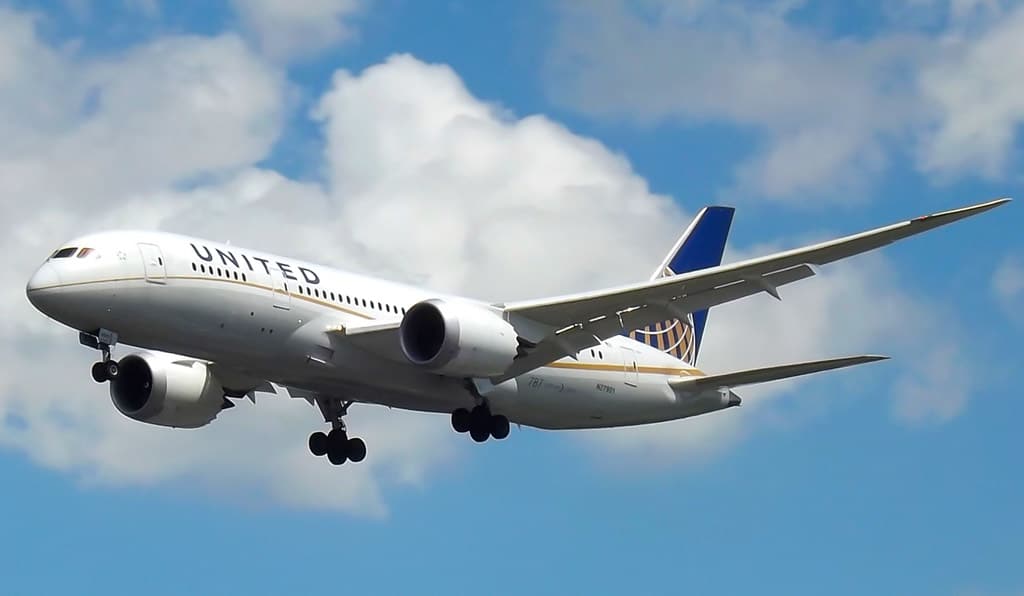
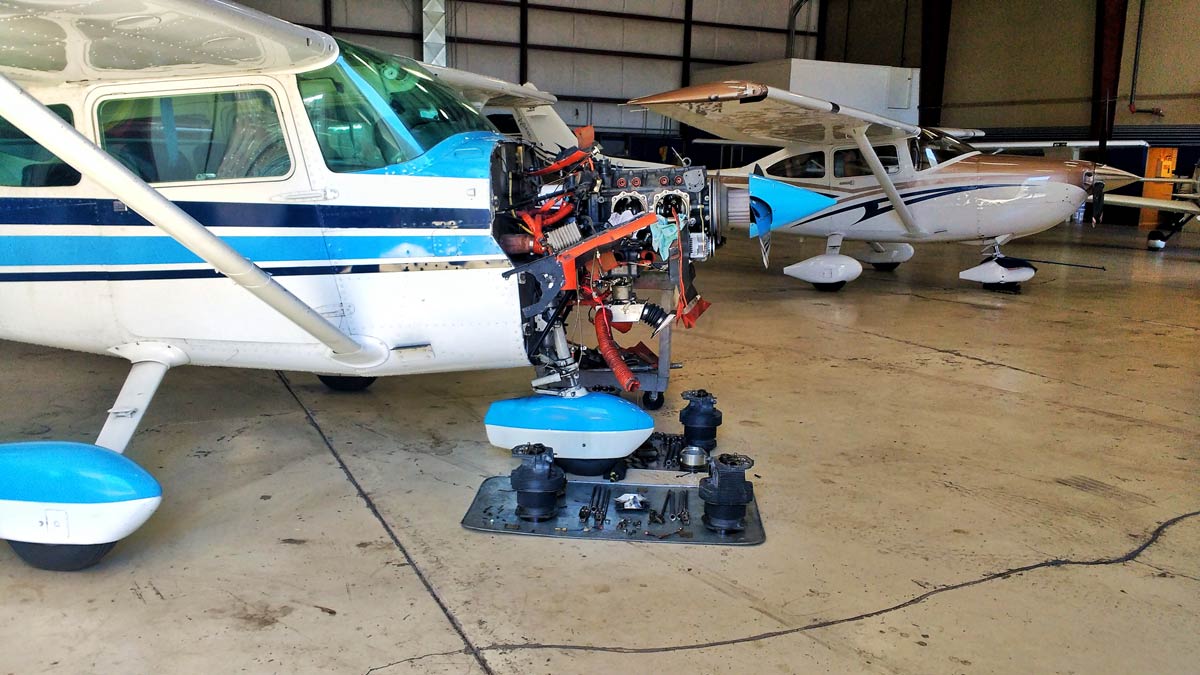
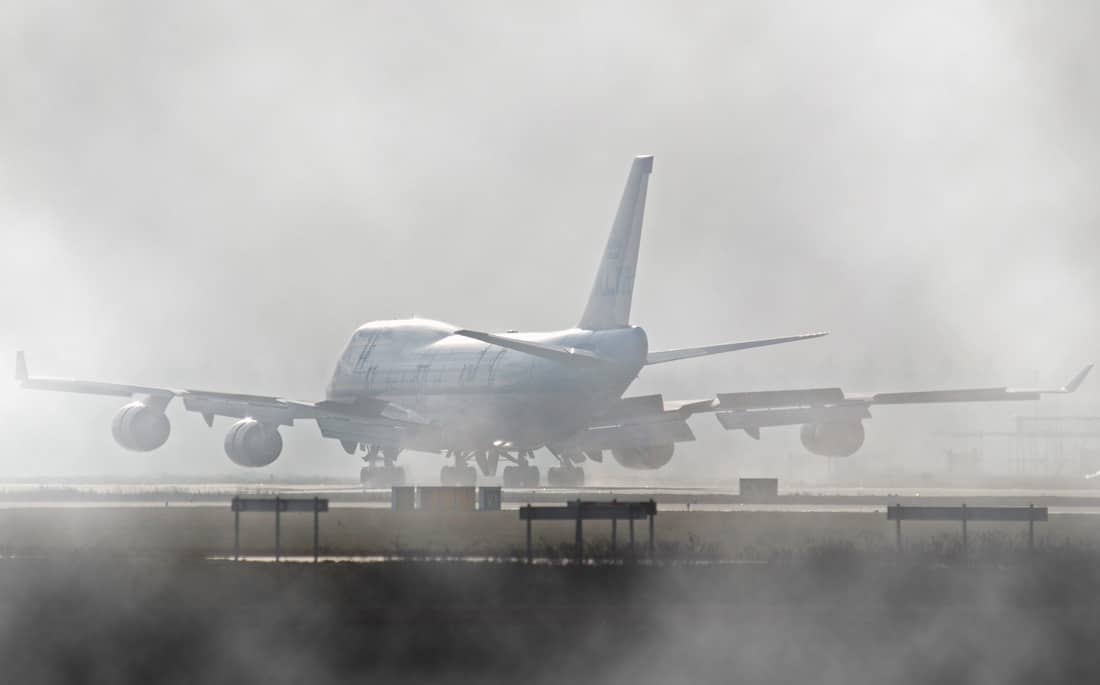
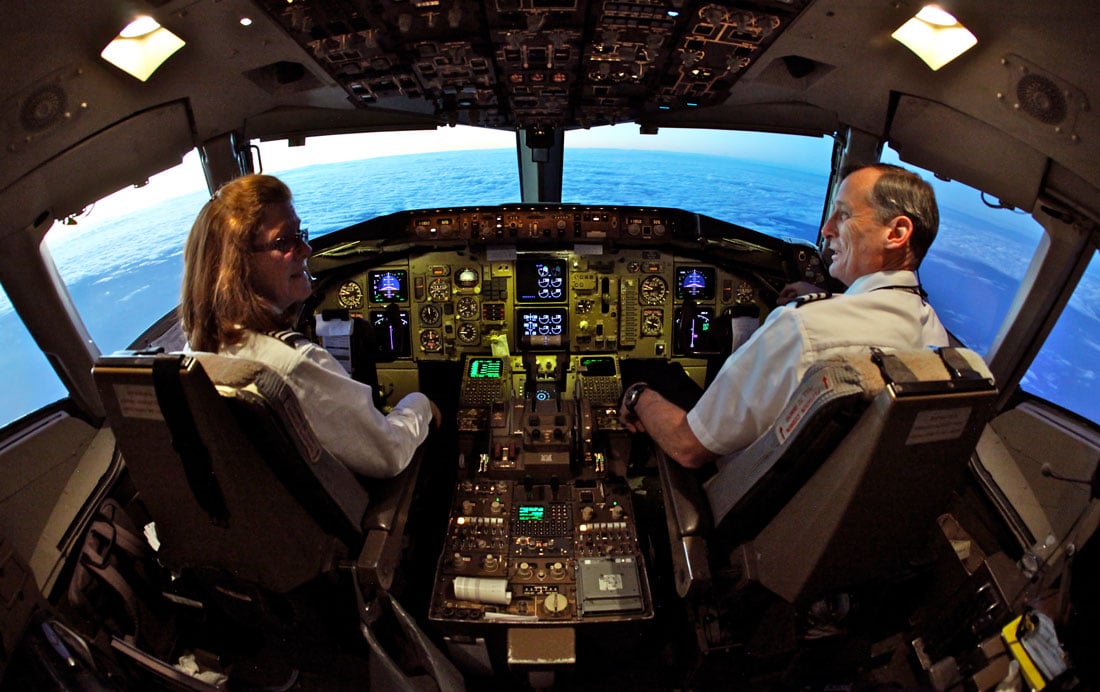
Nice story and right on point. As a mechanic/pilot l have seen both sides. Build it right make it safe and fly it right and with proper maintence…and it is very safe. Never hurry to get the job done.
Scott
as a guy who spent over 30 years in heavy maintenance, many of those years on 727s, i can say this article nailed it.
Erika has seen both side of the coin and explains how it works in ways we can all understand.
For 24 years the balancing act of what could and couldn’t fly at times was a challenge. You must keep in mind the soles on board and never forget there are people our aircraft fly over. Never forsake the charge of the task in our Hands. Know at time your must take a stand and not waiver from it. Be prepared to accept responsibility for the decision you make. Lives depend on you, people you will never met. You control their future.